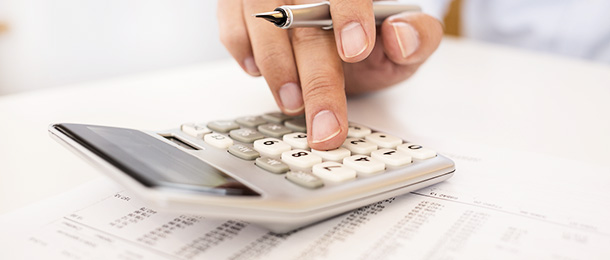SMSF members whose funds have moved solely into retirement phase but who hold money in other superannuation accounts should make their exempt current pension income (ECPI) calculation by taking into consideration their total super holdings, according to an SMSF technical expert.
Accurium SMSF technical services manager Melanie Dunn said any SMSF member who also held superannuation, either in retirement phase or non-retirement phase, in another fund and with a total superannuation balance (TSB) of more than $1.6 million would be unable to use the segregated method to calculate ECPI.
Speaking as part of a webinar today, Dunn said SMSFs solely in retirement phase could use the segregated method as the pension assets were used solely to support retirement-phase liabilities, but this did not apply where a TSB exceeded $1.6 million.
These funds were known as disregarded small fund assets (DSFA) and Dunn said they fell outside the normal rules of ECPI calculation.
“What I have said [in regards to the segregated method] is true except if the fund has DSFA and if that is the case, you can forget what I said as it cannot use the segregated method,” she said.
She added SMSFs in this situation need to look at the end of each financial year to decide how the presence of DSFA needs to be handled in the following year.
“An SMSF will have DSFA in the following next financial year if at 30 June of the prior year there was a member of the fund who had a retirement-phase account anywhere in super and had a total super balance above $1.6 million,” she said.
“So, we are not just interested in what the member has in an SMSF, but also need to consider the interests they have in other super funds. If a member has both a retirement-phase account anywhere in super and a TSB retirement phase and non-retirement phase over $1.6 million, they will trigger the SMSF to have DSFA in the following year.”
She pointed out the test for DSFA needs to be applied every year at 30 June and it was introduced as part of the superannuation reforms that apply from the 2019 financial year and applied across the whole fund.
“This is a test looking at all members of the fund, so for any member in an income year there is a need to look back at each member’s TSB at 30 June, and this includes members who join or exit during the year,” she said.
“If a fund has DSFA, or if any member triggers this condition, the whole SMSF has DSFA and what that means is the fund is not eligible to use the segregated method for tax purposes. It must claim ECPI using the proportionate method and obtain an actuarial certificate over the income year.”
Despite this change in calculating ECPI, she said there was no overall change to the treatment of capital gains and losses.
“The DSFA status for a fund solely in retirement phase impacts how we claim ECPI, but not the overall result, and with respect to capital gains and losses they continue to be disregarded irrespective of the DSFA status, it just happens under different sections of the Tax Act.”
Moves to allow SMSFs to change the methodology under which they calculate ECPI, allowing trustees in both the accumulation and retirement phases in one financial year to choose their preferred method of calculation, were announced by the government as part of the 2019/20 federal budget.




